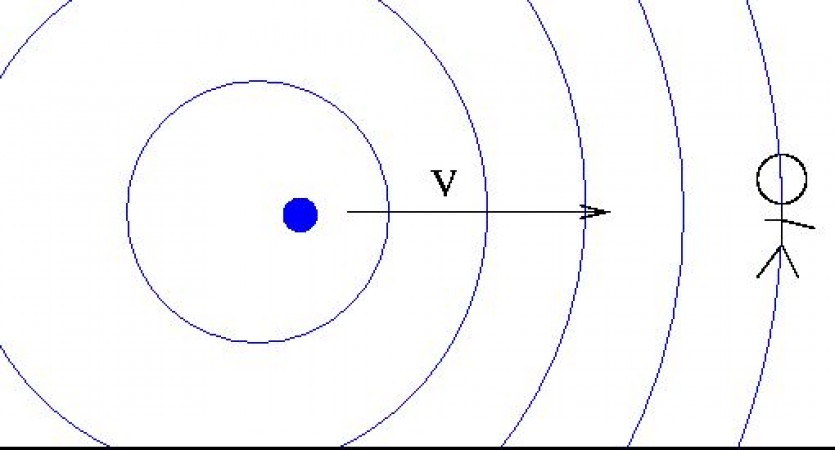
The Doppler Effect is a fascinating phenomenon that occurs when there is relative motion between a source of waves and an observer. It is a concept that applies to various wave types, including sound and light. Understanding the Doppler Effect is crucial in fields such as astronomy, meteorology, medicine, and even music. This article will delve into the intricacies of the Doppler Effect, explaining its principles, applications, and real-life implications.
What is the Doppler Effect?
The Doppler Effect, named after the Austrian physicist Christian Doppler who first described it in 1842, refers to the change in frequency and wavelength of waves when there is relative motion between the source of the waves and the observer. It causes a noticeable shift in the perceived frequency, which has significant consequences in various scientific fields.
How Does the Doppler Effect Work?
Understanding Sound Waves
Before we dive into the Doppler Effect, let's briefly understand sound waves. Sound is a form of mechanical wave that requires a medium, such as air or water, for propagation. When a sound source moves towards an observer, the waves are compressed, resulting in a higher frequency. Conversely, when the source moves away, the waves are stretched, leading to a lower frequency.
The Observer Effect
In the Doppler Effect, the motion of the observer relative to the wave source also plays a crucial role. If the observer moves towards the source, the perceived frequency increases. Conversely, when the observer moves away from the source, the frequency decreases.
Relative Motion and Frequency Shift
The Doppler Effect can be mathematically described by the formula:
f' = f(v + vo) / (v + vs)
Where:
Applications of the Doppler Effect
The Doppler Effect finds numerous applications in various scientific and practical fields:
Doppler Radar and Weather Forecasting
In meteorology, Doppler radar is extensively used to measure the velocity of precipitation particles. This helps in predicting severe weather conditions such as thunderstorms and tornadoes.
Medical Applications: Doppler Ultrasound
In medicine, Doppler ultrasound is used to assess blood flow in veins and arteries. It aids in diagnosing conditions like deep vein thrombosis and arterial stenosis.
Astronomy and Cosmology
Astronomers use the Doppler Effect to study celestial bodies' motion, determine the velocity of stars and galaxies, and explore the expansion of the universe.
The Doppler Effect in Everyday Life
Doppler Effect in Sound
The Doppler Effect is evident in everyday life, especially in sound. It explains why a passing ambulance siren's pitch changes as it moves towards and then away from an observer.
Doppler Effect in Light
Similarly, the Doppler Effect applies to light waves. It helps astronomers understand the motion of celestial bodies by observing the shift in light's frequency.
Redshift and Blueshift
In astronomy, redshift and blueshift refer to the change in light's frequency due to relative motion. Redshift indicates that an object is moving away, while blueshift indicates motion towards the observer.
Einstein's Theory of Special Relativity and the Doppler Effect
Einstein's theory of special relativity plays a crucial role when dealing with the Doppler Effect at high speeds, where classical equations may not apply.
Limitations and Considerations
The Speed of Sound
It's important to note that the Doppler Effect is dependent on the speed of sound in a particular medium. Different mediums have different wave propagation velocities, leading to varying effects.
Relativistic Effects at High Speeds
At extremely high speeds approaching the speed of light, relativistic effects come into play, and the traditional Doppler Effect equations are modified.
The Doppler Effect and Music
The Doppler Effect has intriguing implications in the world of music. Understanding how pitch changes with relative motion can help composers create unique and dynamic pieces.
In conclusion, the Doppler Effect is a fundamental concept that governs the change in frequency of waves due to relative motion. It finds applications in various scientific disciplines, from meteorology and medicine to astronomy and music. Understanding this phenomenon has allowed humanity to explore and comprehend the universe better.
Iraq's reservoirs are running dry, and water levels have never been this low
The Theory of Electromagnetism: Maxwell's Equations Unifying Electricity and Magnetism